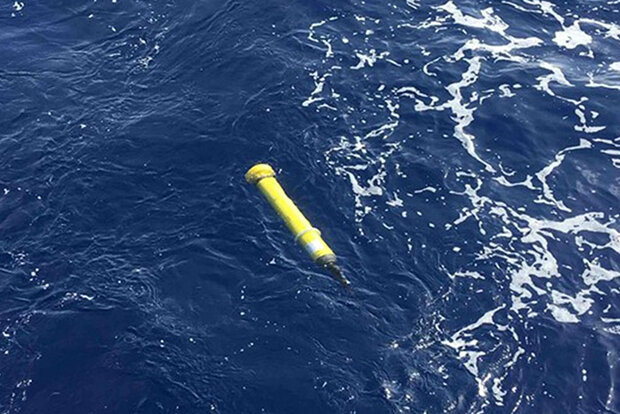Researchers develop new way to estimate the AMOC in the South Atlantic

Ocean buoys gather data to monitor ocean currents such as the AMOC. Credit: NOAA

Ocean buoys gather data to monitor ocean currents such as the AMOC. Credit: NOAA
A crucial ocean system called the Atlantic Meridional Overturning Circulation (AMOC) orchestrates important water circulation, shaping climate, weather, and marine life. It acts as a conveyor belt, shuttling water, heat, and essential nutrients between the north and south. The AMOC’s influence in the South Atlantic has been limited due to the operational and financial challenges of building and maintaining a new observation system. The Climate Program Office’s Climate Variability & Predictability (CVP) Program supported a groundbreaking study that introduces a cost-effective method to estimate the AMOC at a 22.5°S, a critical location that bridges two existing observing systems located at the edges of the South Atlantic subtropical gyre. CVP funds this research to better identify the state, mechanisms, and sources of climate predictability on the interannual to decadal timescale.
CVP-funded researchers Marlos Goes and Denis Volkov of the University of Miami worked with an international team, including scientists from NOAA’s Atlantic Oceanographic and Meteorological Laboratory, to combine satellite data with direct temperature and salinity measurements from Argo profile floats and the eXpendable BathyThermograph (XBT) network.